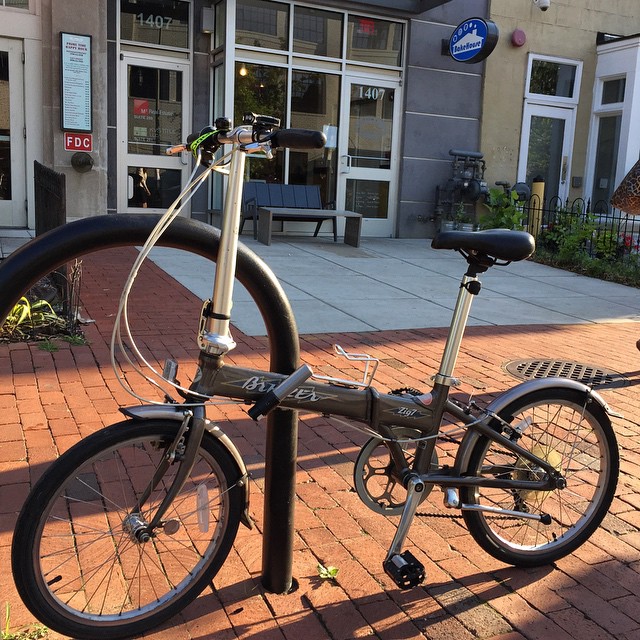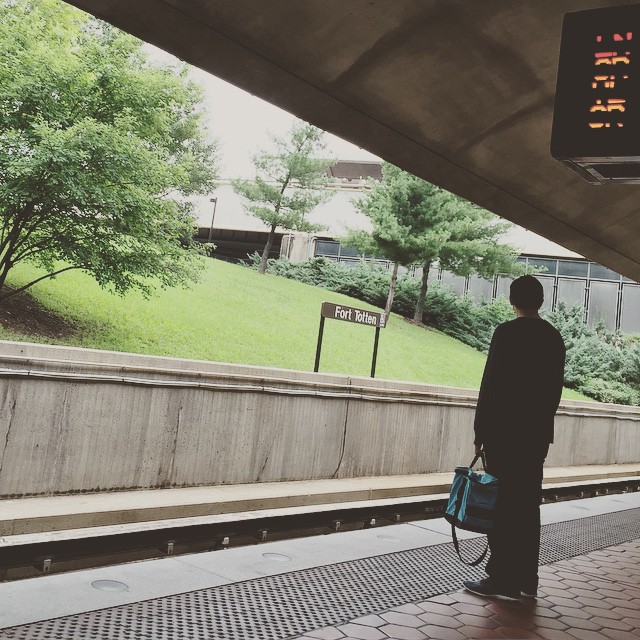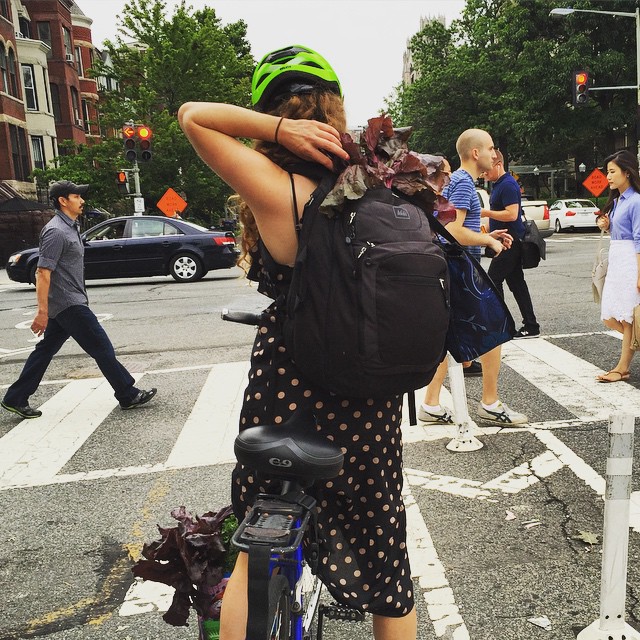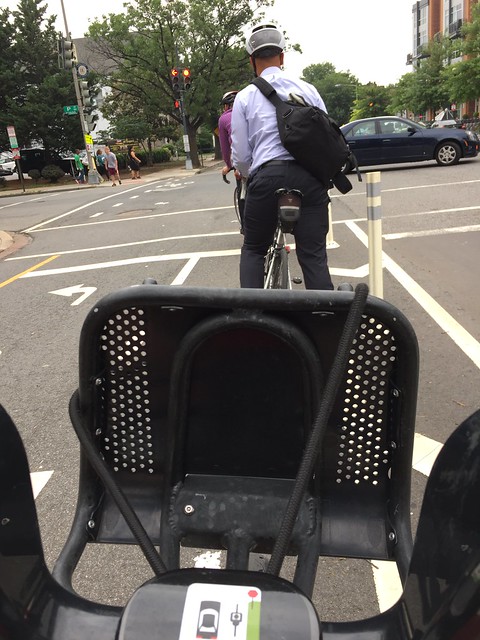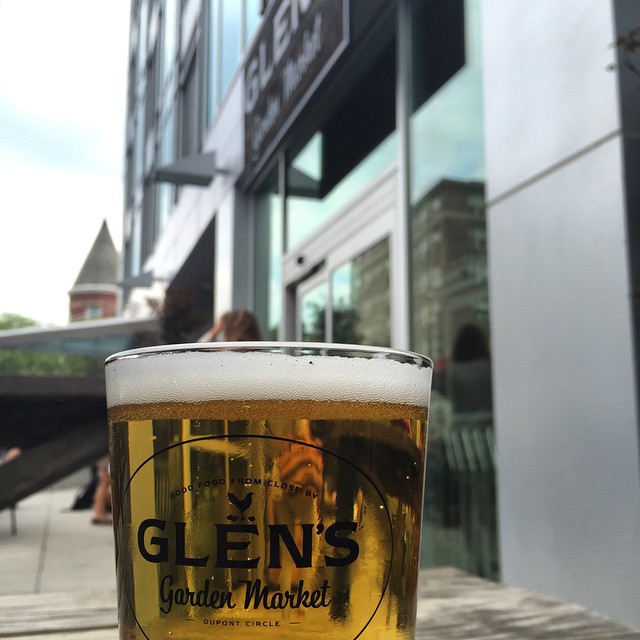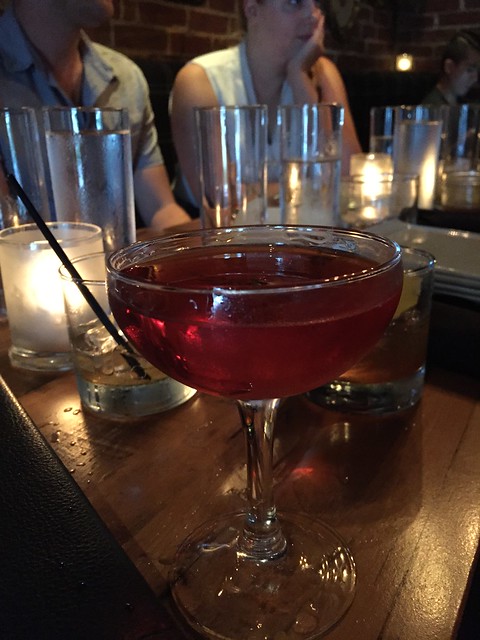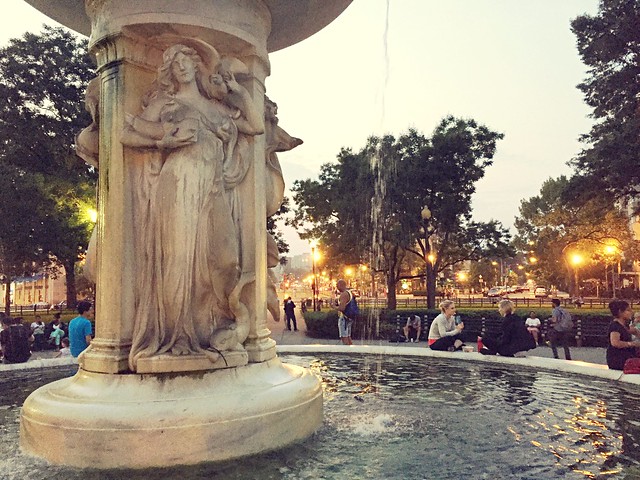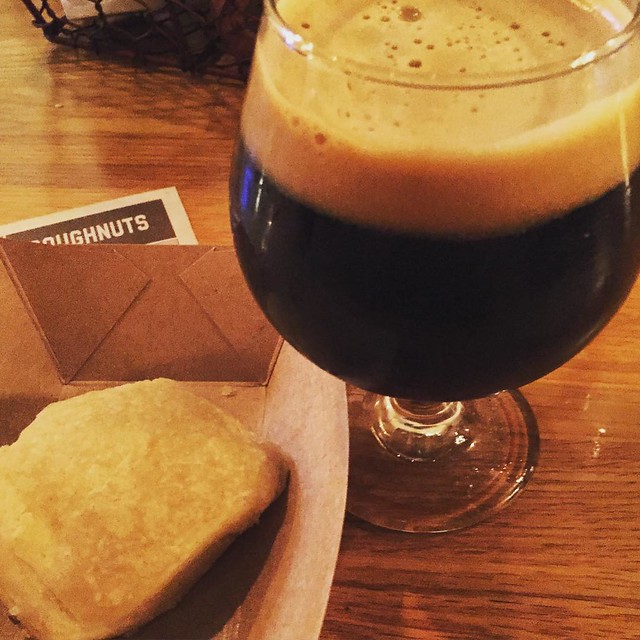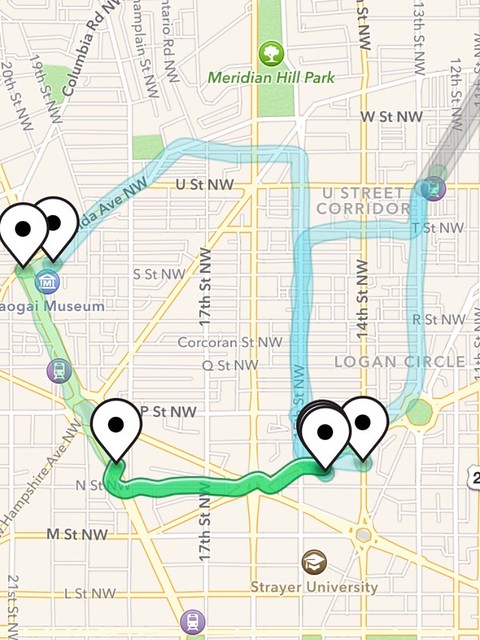
In most of the United States, there exists but a single transportation mode: driving. You use a car to get to where you want to go. Government has created a massive transportation infrastructure to accommodate that choice – roads of all sizes, gas stations on every corner, parking lots everywhere. Other transportation modes (biking, buses) are distinctly secondary, if they exist at all.
Only in the centers of the most urban of cities is life any different. In select urban areas, other kinds of modes exist. Haphazard government planning has resulted in the occasional protected bike lane. Lack of regulation allows companies like Uber to start. Streets designed in previous centuries accommodate pedestrians who walk to work.
In a multimodal environment, you pick the right tool for the job. You can’t just drive and park somewhere – parking might be expensive or not available or you might not have a car (like me). Instead, you select the transportation mode that works best for you, balancing a mix of a factors including time, hassle, expense and convenience.
While these choices may seem complex, after a while you learn what works best for you. And it won’t be just one mode. My day on July 2 is a good example of what it’s like to live in a multimodal world.
Destination: U Street Metro
Mode: Bike
Time: 8 AM
Distance: 1 mile
Cost: Free
Every weekday, I trek from Logan Circle to Silver Spring for work. The first leg involves biking one mile to the U Street Metro. I bike because it’s easy, fun and quick. Most of the journey is along the 15th Street Cycletrack, a protected bike lane that makes it safe. I have two bikes – a Specialized Sirrus and a Breezer folding bike. I take the Breezer because it’s the cheaper of my two bikes so less likely to be stolen. Even so, I keep it locked up with a Kryptonite lock at the Metro. Safety is an important consideration in urban environments.
Destination: Silver Spring
Mode: Metro
Time: 8:10 AM
Distance: 6 miles
Cost: $3
I’ve biked up to Silver Spring before but it’s nothing but hills and traffic so I take Metro instead. I take the Green Line to Fort Totten and switch to the Red Line. Most of the time, it’s a pleasant, uncrowded reverse commute that takes 20 minutes or so. My commute costs around $120 but actually it’s even less because I can take that money out of my paycheck pre-tax as a transportation benefit.
Destination: Whole Foods Silver Spring
Mode: Walk
Time: Noon
Distance: 1.2 miles (round-trip)
Cost: Free
There’s nothing good around the office so I typically walk up to Whole Foods in Silver Spring for lunch.
Destination: U Street Metro
Mode: Metro
Time: 4 PM
Distance: 6 miles
Cost: $3
Weirdly, on the reverse-reverse commute, the Metro ride home typically takes 5-10 minutes longer than the morning.
Destination: Home
Mode: Bike
Time: 4:30 PM
Distance: 1 mile
Cost: Free
On the way home, I rocket down 13th Street and go around Logan Circle, which is always fun. However, it’s impossible to make a left on Rhode Island to my apartment building. Instead, I go to the next corner, stop, wait for the light to change, then turn around and come back. It’s one of those minor inconveniences that you get used to as a bike rider.
Destination: Aveda Salon
Mode: Walk
Time: 5 PM
Distance: .5 mile
Cost: Free
I got a $40 haircut! It was quite pleasant actually. Part of the reason I chose the salon was that it was within walking distance.
Destination: Glen’s Garden Market/McClellan’s Retreat
Mode: Capital Bikeshare
Time: 5:30 PM
Distance: 1.5 miles
Cost: Free (normally $8 for 24 hours but I had a coupon)
If you’ve visited DC, then you’ve seen the red Capital Bikeshare bikes. They’re impossible to miss. I took one from Logan Circle to Dupont Circle to meet friends for drinks at McClellan’s Retreat. I knew it was the fastest way to get where I was going and I had a coupon. And I didn’t want to have to worry about my bike, or about drunk-biking home. And they’re just fun to ride every once in while.
Destination: GBD
Mode: Walk
Time: 7:00 PM
Distance: .5 miles
Cost: Free
After a couple of bourbon-heavy drinks at McClellan’s Retreat, I had a hankering for fried chicken and biscuits. Thankfully, I could walk to GBD. I think I would’ve been a little wobbly on Bikeshare.
Destination: Home!
Mode: Walk
Time: 8 PM
Distance: 1 mile
Nice to be able to walk home without having to worry about a driving a car after a couple drinks.
Analysis
Distance Covered: 18.7 miles
Total Transportation Costs: $6
Bikes, trains, walking – multimodal transportation can seem complicated. But if you look how I transited around a busy urban area, it’s a model of low-cost simplicity. If I had to drive to all the places listed above, I could’ve easily spent $50 on parking, as well as the aggravation of dealing with DC traffic. Plus, biking is quicker for virtually any trip in the city.
So, give multimodal living a try. Ride a bike. Walk to the corner store. Take a bus downtown. There’s probably more than one way to get to where you’re going.
